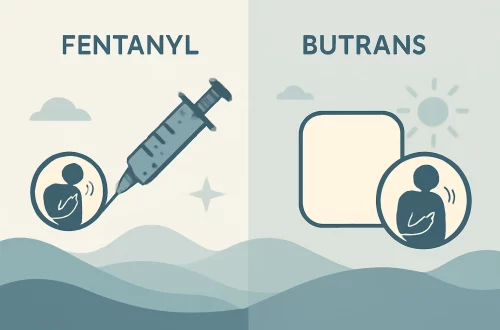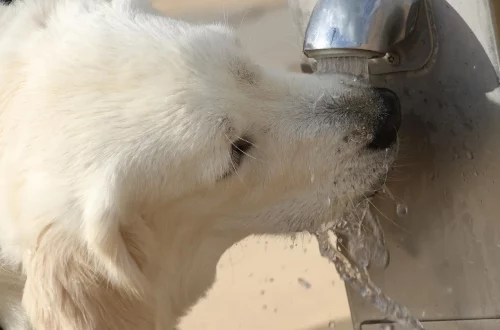-
Understanding Normal Respiratory Rate for Dogs and Its Importance
Understanding the respiratory rate of dogs is crucial for any pet owner who wishes to ensure the health and well-being of their furry companions. Just like humans, dogs breathe to supply their bodies with oxygen and remove carbon dioxide. However, the normal range of respiratory rates in dogs can vary significantly based on several factors, including age, size, breed, and overall health. An understanding of what constitutes a normal respiratory rate can help pet owners identify potential health issues early on, allowing for timely interventions. Monitoring a dog’s breathing patterns can serve as an essential indicator of their physical condition. A sudden increase or decrease in respiratory rate can signify…
-
Understanding Normal Respiratory Rate for Dogs and Its Importance
Understanding the respiratory rate of dogs is a fundamental aspect of veterinary science and pet care that often goes unnoticed by dog owners. Just as in humans, a dog’s breathing pattern can offer critical insights into their overall health and wellbeing. Monitoring a dog’s respiratory rate not only helps in early detection of potential health issues but also plays an essential role in managing existing conditions. Pet owners may find it surprising how much information can be gleaned from such a simple yet vital function. The normal respiratory rate for dogs can vary based on several factors, including age, size, breed, and activity level. Understanding these nuances is crucial for…
-
Understanding Normal Dog Respirations: What Every Pet Owner Should Know
Understanding your dog’s breathing patterns is essential for every pet owner, as it provides valuable insight into their overall health. Dogs, like humans, rely on respiration not just for oxygen intake but also as a vital indicator of their physical state. Observing how your dog breathes can help you detect potential issues before they escalate into serious problems. Normal respiration rates in dogs can vary depending on several factors, including size, breed, age, and level of activity. While most pet owners are familiar with basic signs of distress, such as limping or excessive barking, they may overlook changes in their dog’s breathing. Understanding what constitutes normal respiration can empower owners…
-
Understanding Fast Breathing in Sleeping Kittens: What You Need to Know
Understanding the different behaviors of kittens can be both fascinating and perplexing for new pet owners. Among the many characteristics that make these small creatures endearing, their sleeping patterns often capture the attention of their human companions. Kittens, like all young animals, undergo various physiological changes as they grow, and their breathing patterns during sleep can be particularly intriguing. Fast breathing in sleeping kittens can raise questions about their health, comfort, and overall well-being. Kittens are known for their playful nature and boundless energy, yet they also require ample rest to support their rapid growth and development. During sleep, kittens enter different stages, including REM sleep, which is essential for…
-
Why Do Puppies Breathe So Fast and What It Means for Their Health
Puppies are undeniably one of the most adorable creatures on the planet. Their playful antics, boundless energy, and innocent curiosity make them irresistible companions. However, as a new puppy owner, you may notice some peculiar behaviors, one of which is their rapid breathing. This phenomenon can be concerning, especially for first-time pet parents who may not understand the reasons behind it. Puppies often breathe quickly, a behavior that can be attributed to various factors, from their physical activity levels to emotional states. Understanding why your puppy breathes so fast can help you better gauge its overall health and well-being. It’s essential to distinguish between normal and abnormal breathing patterns, as…
-
Understanding Canine Respiratory Rate: A Guide for Dog Owners
Understanding your dog’s respiratory rate is an essential aspect of responsible pet ownership. Dogs, like humans, can experience a range of medical conditions that affect their breathing, making it crucial for dog owners to be aware of their pet’s respiratory patterns. The respiratory rate refers to the number of breaths a dog takes per minute, providing valuable insight into their health status. When a dog is at rest, a normal respiratory rate typically falls between 10 to 30 breaths per minute, but this can vary based on factors such as age, size, and breed. Observing your dog’s breathing can help you detect potential health issues early on. For instance, an…























